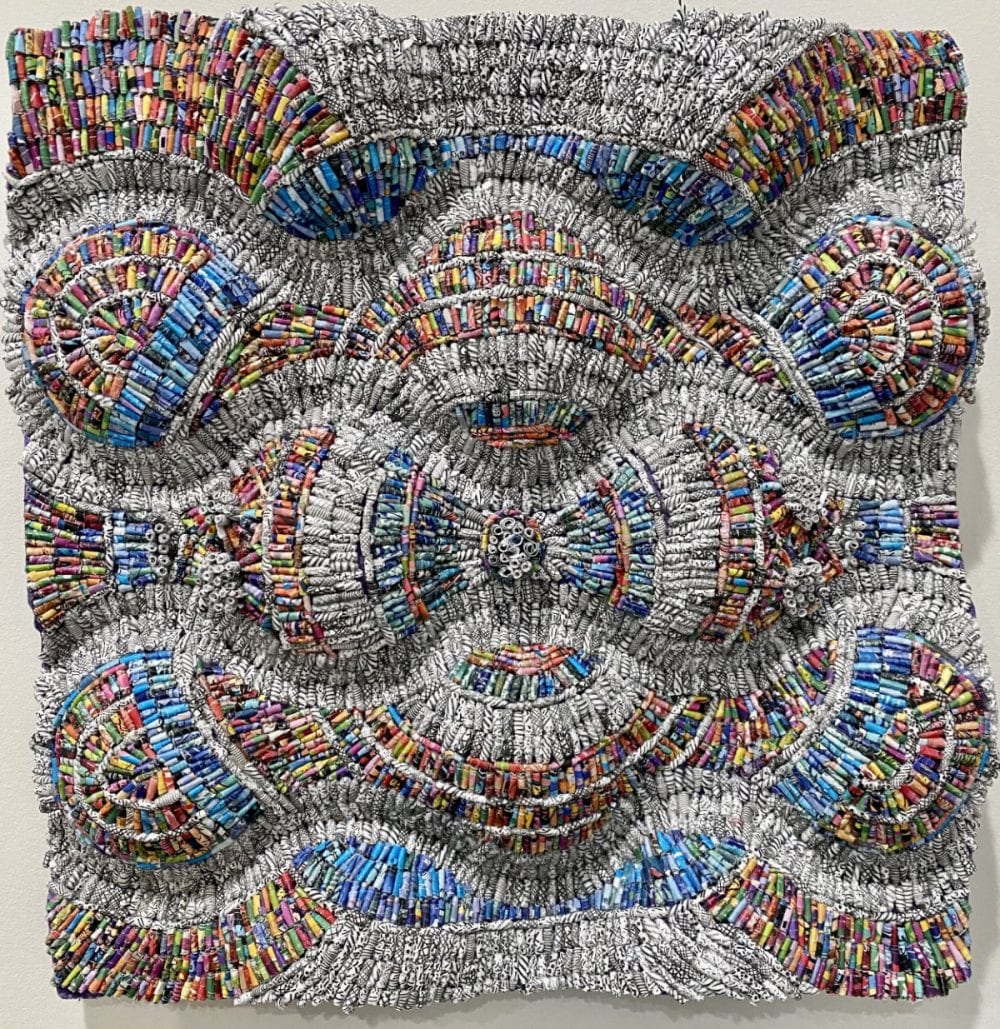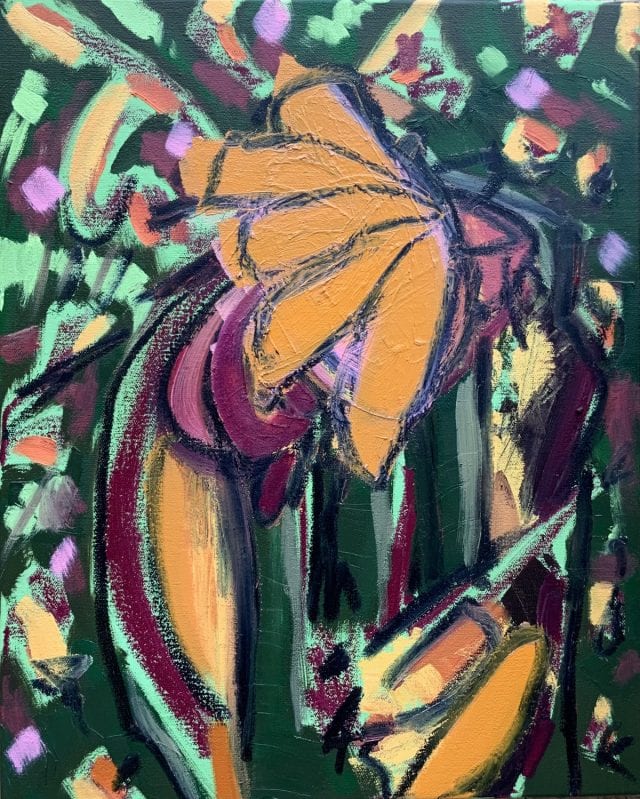Sustainable Art: Upcycling the Past into the Future

Since the dawn of time, when primitive man first adorned cave walls with rudimentary illustrations, artists have been attuned to the natural environment. Art history has since been awash with stunning landscapes, inspiring vistas, and bucolic scenes of nature’s paradise.
But as we have moved into a world wracked with concerns over the environment and the conservation of our planet and its species, artists have begun to think about their surroundings not just in terms of physicality and aesthetic beauty; but as a cohesive system in which humans have a central part to play.
While the sustainable art movement has been around for years, with artists using various media to address humanity’s impact on the Earth, it is gaining prominence as the world moves ever closer to a darker environmental catastrophe. Not only are artists using their works as a medium of expression, a political standpoint on the complicated relationship that humans have with the natural environment, but they are bringing the environment into the art itself.
Sustainable art is the genre of its time. Use of recycled or natural materials transforms art into a socially conscious enterprise, demanding that viewers and audiences rethink how they see the world around them. It also serves to make a statement about the artists themselves, approaching their materials and studio practices with an eco-friendly footprint.
These creations, along with the ways they are made, seek to highlight environmental degradation, along with the stark reality of climate change.
Jaynie Crimmins
What began in 2009 as a direct result of the financial crisis, New York City-based Jaynie Crimmins started shredding her own financial statements and junk mail, then sewing them together to create work comprised of tiny fragments but carrying big meaning.
I fabricate objects with meticulous handmade details that contrast with the banality of their materials. By repurposing solicitations, safety envelopes and catalogs that are difficult to recycle (because their inks have high concentrations of heavy metals), my work explores consumerism and waste through a repetitive practice mirroring domestic tasks.
Combining this sensibility with the shredding of junk mail illuminates the physical acts of deconstructing and repurposing. I feel a responsibility to up-cycle the materials that have been imposed upon me by marketers. The power of transformation, frugality, ingenuity and handmade quality drive my practice.

Jaynie Crimmins
Nick Gentry
London-based artist Nick Gentry draws on recycled technological relics as the grounds for his portraits, creating a conversation between digital and analogue processes. As part of a generation that grew up with floppy discs, VHS videotapes, polaroids and cassettes, he is inspired by the impact that internet culture has had on outdated technology and obsolete objects. This led to an observation of how the natural world merges with technology and the impact the human race has had and continues to have on our planet.
Recent and upcoming exhibitions feature works centred around the pandemic and lockdown culture, including a two-week display on London’s Oxford Street showing portraits and stories from frontline NHS workers. The pieces are created using vintage computer punch cards – an early method of programming computers – to highlight how the pandemic has accelerated the shift into a technological world.

Nick Gentry
Oil paint & used computer disks on wood
Made from floppy disks contributed by members of the public.
Ptolomy Elrington
The Brighton-based artist Ptolomy Elrington creates sculptures from waste materials. Predominantly featuring natural life forms, he sources the materials from waste he has found, including shopping trolleys pulled from canals and car hub caps, and his work has been exhibited all over Europe.
I love the shapes in the objects I choose to work with in terms of their potential. Physically, they can become something quite different but retain enough of their original characteristics to be recognised. That promotes dialogue about waste, design and about worth. It seems so obvious – as we keep churning out products and discarding them as they fail, then the pile of junk gets bigger and the resources get smaller.
Our attitude to the thrill of acquisition needs to change and our designers need to think of new ways of looking at a second and even a third life for a product. That way the recycling can maybe just become the cycle and we can stop digging and start enjoying our lives without filling them with so much temporarily gratifying ultimately worthless stuff.

Ptolomy Elrington
Hubcap creatures are made entirely from recycled and upcycled materials.




